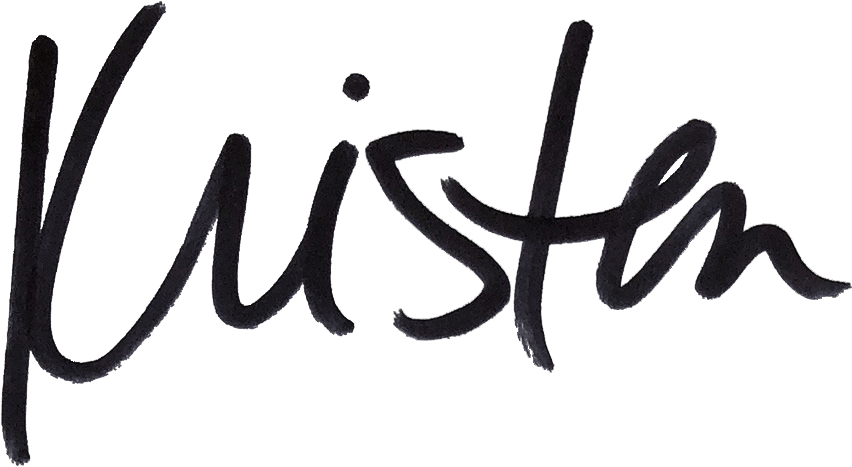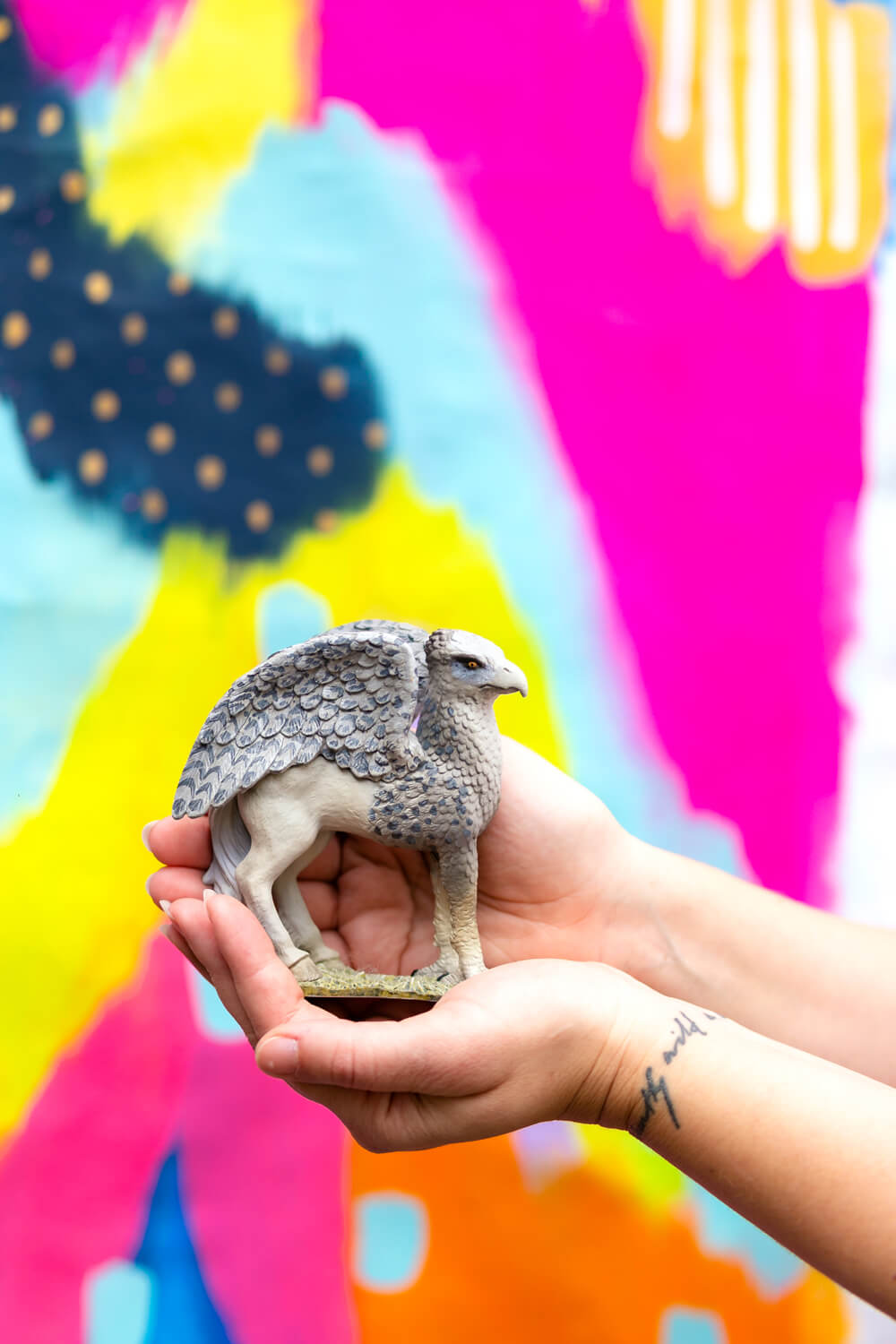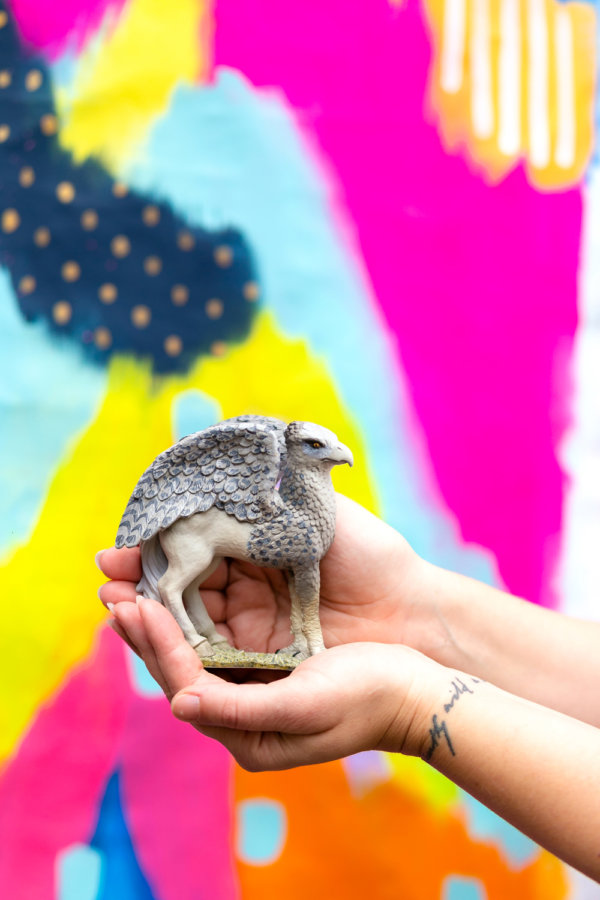This is an episode of That’s What She Said, and you can listen to all podcast episodes here! Read a close-to-transcript version below, or listen in for the full monty.
THE QUESTION:
“I’m really feeling like it’s inappropriate to promote my business at the moment, and honestly I’ve just lost momentum/motivation. It just seems like my/our collective attention needs to be on the BLM movement and the pandemic. I don’t feel good about self-promotion right now. Do you have any thoughts on how to either regain your business mojo OR how to better honor the collective ‘pause’ and not feel guilty for pulling energy away from your own work? My heart hurts. And I want to give all the love I have right now to the collective, not my own work.” — one of the peeps in Together, a year-long soul care program (think monthly breathwork and live unrecorded gatherings) which you can join for $22 a month right here!
THE ANSWER:
First: I feel you.
Continuing with ‘business as usual’ right now seems absolutely absurd. Do I need to save 40% on fast fashion offers, or buy a stockpile of ever-more-fashionable masks, or buy some guns to outfit my dope-ass bunker full of canned beans? No, no, and we both know I don’t have a bunker.
I wish I had the answer to the capitalism conundrum, like, “Okay burn this system down like in figure A, then in figure B, we’re all free! SO EASY!!!”
I don’t know of a way to dismantle any massive system of oppression that’s been operating for hundreds of years in one fell swoop, so we’re gonna do the second best thing.
We can work within the confines of the shitty capitalist system to subvert it at every turn.
Let’s stop as many bullshit systems of oppression as we can from continuing to flourish. One of the ways we can do that is by raising and donating as much money as we business owners can generate, as steadily as possible over the long term.
A few caveats before we go any further! I am not a teacher of or an authority regarding race or racial justice in America. My job is to keep learning, to listen harder, and to point you toward the gorgeous beings who are and who have been teaching me over the years.
I am a business coach with access to many people who own businesses. Sharing the following information is a direct route to getting money into the hands of the organizers, activists, leaders, movements, and teachers who have been doing justice and liberation work for a long, long time. (If you’d like more info or to join the biz coaching wait list, shoot me an email: k@kristenkalp.com.)
Finally, I’m only sharing experiments in giving that I’ve completed over the past 11 years of being in business. Sharing lived experiences is the only way I can assure you that variations on these starting points are effective ways to get money to the movements, nonprofits, and causes you most want to champion. I’m asking you to interpret this NOT as some sort of Polyanna-holier-than-thou-showing-off shit — but as ‘Here’s some stuff Kristen has done that worked, and some that didn’t, and now I feel freer to go try some giving experiments of my own.’
Let’s walk through a few ways to actively build fundraising into your business starting right now, bit by bit and experiment by experiment.
If you’re a white person spinning in the land of “WHERE DO I EVEN START????” regarding the reality of seeing white supremacy enacted again and again through outrageous levels of U.S. police brutality — and now, the President’s refusal to denounce white supremacy — you can always start with money. You can fundraise, donate, and repeat.
You have a business — which generates money — and money can always be redistributed to champion the people, organizations, movements, and ways of being you wish to see in the world.
First up: you can create and sell a one-time, limited edition product to fund a project, cause, or nonprofit.
You know this is an option, but your mind probably gets complicated by the details: which organization? Which products? For how long? What if I don’t sell any of the items for fundraising and I look like an idiot?
Don’t panic, ’cause we’re gonna walk through some options and handle that asshole brain flare-up of questions, too.
If you’ve got (or know of) a worthy project with a set budget, you can set up a business offering to cover all or part of that budget!
For example. I created a limited edition course called Becoming to fundraise for a volunteering trip to India with two other people circa 2011. I sold a bunch of seats in a class to raise about $9,000 for all expenses associated with traveling to and staying in India for three weeks. (You remember, when flying was a thing we did?) Sales of this class were particularly effective because I was transparent with my intentions and shared the project budget openly from day one. Those who purchased the class knew they were helping me complete a multi-week volunteering project near to my heart.
So long as you’ve got a clear budget — yours or that of a nonprofit — and a product or service to pair it with, you’re good to go.
 You can offer your product or service at no charge or at a reduced fee to those who donate $x to the organization of your choice.
You can offer your product or service at no charge or at a reduced fee to those who donate $x to the organization of your choice.

For example. At one point, my goal was to see how much giving I could get to happen by encouraging direct giving to a nonprofit. I handed out 1,000 free copies of my then-new book, Go Your Own Way, when peeps forwarded their donation receipts for Flying Kites to my inbox. In this way, we raised over $10,000 for that nonprofit within a few weeks. (Go Your Own Way: free yourself from business as usual is pay what you can priced here!)
You can also make a one-time, limited edition service to fund those same movements and nonprofits.
Just as you would in the case of products, you can create business services to fund raise for the cause of your choice.
Both used and unused talents apply here! Fundraising is the perfect spot to break out of your ‘niche’ and embrace the full spectrum of your talents.
If you’ve got a yoga teacher training certification you never use, hosting a pop-up fundraising class online might be a welcome treat for those who love you. Reiki trained? Donating a portion of the proceeds from this-month-only remote reiki sessions is an option.
The point here is not for me to list every single thing you might possibly do! It’s to ask where you’ve got unused talents or untapped resources that can be leveraged to raise some money for cash-strapped movements and nonprofits. So…
Where do you have unused talents or untapped resources that can be leveraged to raise money for rad people, movements, and nonprofits?
You can build a set donation percentage into the sale of existing products and services.
For example. I donate 25% of breathwork class proceeds to Together Rising and/or Flying Kites, which means I’m making monthly donations based on any breathwork classes I’ve sold each month. Some months yield just a few dollars in donations, while others yield hundreds. The point is not to hit a Very Specific Funding Goal, it’s to deliberately donate money after month.
You might be feeling shame about how ‘little’ you can do right now. I get it! AND. Donation shame isn’t a worthy use of your energies. Whether you sell one item with a donation promised or thousands of items with a donation promised, you agree to donate the proceeds and try again.
Acting as if donating $____ isn’t ‘enough’ will only make you feel more frustrated with fundraising as time goes on. Unless you’re regularly donating billions, there will never be ‘enough’ money to solve the world’s problems once and for all.
When you want to change it up, you can also change it up! I’ve got an ongoing Breathwork for Coping with 2020 fundraiser that’s donating 50% of proceeds to Black Lives Matter. As of this moment, that class has raised $561 and counting for the movement.
We are all being asked to do what we can, with what we have, where we are. We’ve got businesses, and we can use them to bring positive change into being.
You can pay everyone for the work they do, with extra cash considerations given if you’re benefiting from the work of a member of a marginalized community.
Remember that time I lost $43,000 from hosting Brand Camp in 2014?
When asking around later, I learned that I had WILDLY overpaid everyone who spoke at the event. Turns out, most people who speak at large conferences (and are not the headliner) do so for free. Or for a nominal fee that covers room and board. Exploiting people’s labor is both accepted and encouraged when it comes to the enormous events and conferences circuit.
The same working-for-free mentality is also true for online ‘summits,’ for those who offer ‘exposure’ as a means of payment, and for those who assume that all those with smaller followings than their own should be thrilled to work for free on behalf of the empire. <– This is an example of capitalism gone wild, which exploits free labor in any way possible, at all times, for any reason, with the promise of a later benefit that generally fails to materialize, particularly for those who are already marginalized by societal systems of oppression.
Those invited onto my podcast are offered a fixed interview fee, which they can choose to receive or to have donated to Together Rising. Paying people is one of the really simple ways we can all help to build a culture of paying for the emotional labor and sharing of lived experience needed to create life-giving interviews.
You can add coaching, mentorship, and/or learning resources offered by members of marginalized communities to your monthly business expenses.
Many artists and scholars I admire offer ongoing support opportunities through their websites or through platforms like Patreon. Please find and use these means to pay those living humans you admire for doing the ongoing work of making the world a better place.
Which peeps does my business pay each month?
adrienne maree brown‘s work never ceases to touch me. She’s written two timely books — Emergent Strategy and Pleasure Activism — and her most recent poetry series, written during Covid-19, is fucking breathtaking. Support her monthly here.
Do you know Samantha Irby? If not, please stop everything ever and go read her books of essays, which are legit laugh-out-loud-and-worry-about-your-bladder-strength-because-you’re-trying-not-to-pee-yourself funny. Grab a copy of We Are Never Meeting in Real Life. (Thank me later.)
Sonya Renee Taylor‘s voice is unmistakable, powerful, and wise. Her book, The Body is Not An Apology, is stunning and brilliant, you can order it directly from the author to minimize Amazon’s profit-taking here. She also has the particular gift of making me feel called on my bullshit without triggering massive defensiveness and eruptions of white fragility. Support her monthly.
Jessamyn Stanley teaches yoga for every body on her Underbelly Yoga platform, and I love her classes. PLEASE ALLOW ME TO HYPE HER FOR A MOMENT: Jessamyn’s classes are funny, swear-y, honest, and real. She gets yoga for not-tiny-stick-bodies because she doesn’t live in a tiny stick body, and I’ve never before had the pleasure of learning yoga from a person with a body that looks like my own. Get the yoga.
Ron Finley’s Masterclass is a.) highly informative if you’re new to gardening and b.) entertaining as fuck. HOLY SHIT Watch it! You can also support The Ron Finley Project to help green up and garden up the food deserts of Los Angeles. HE IS A GODDAMNED WIZARD AND I AM WRITING IN ALL CAPS TO CONVEY HIS MAGIC TO YOU.
You may or may not resonate with these people and their projects! The point is not to agree with me about how awesome and life-changing these people are…
The point is to find AND THEN PAY people who are doing the work you want to see in the world.
Particularly people of color. Particularly members of marginalized communities. Particularly women. Particularly work that is often overlooked or undervalued (read: emotional labor, education, and managing the droves of people who are quick to criticize others’ efforts but aren’t doing a goddamned thing to help make a better world themselves).
There are ENDLESS ways to explore the places where donations and your business meet.
Rather than spinning in overwhelm for the next few weeks or months, consider that the hardest work in the world — that of liberation, of undoing bullshit systems of oppression, and of making the world a more livable place for every last being already in it — isn’t going anywhere.
In addition to donating X% of proceeds from a specific product or service, you might pledge to donate $Y per month as a recurring business expense. Monthly giving enables those responsible for managing nonprofit funds to better plan their budgets and effect change for the long haul. Further, monthly donations for a set amount are a magnificent entry point if you’re new to using your business for fundraising.
For example. Recently, one of my coaching clients realized she no longer wanted to pay to participate in Toastmasters, so instead she’s donating that monthly fee to a local nonprofit fighting food deserts in St. Louis. You can do that, too! Cancel a $9.99 recurring fee for a service you don’t use, then redirect it the funds to a cause of your choosing!
Another example. My business currently sponsors a child’s schooling and care through Flying Kites each month without being tied to the sale of a specific product or program. <– This isn’t some sort of performative OOH LOOK AT ME shit! This is me putting my money where my telling-you-how-it-might-be-useful-to-proceed mouth is.
Built-in giving comes in an endless number of forms, so let’s play with how your fundraising might work in everyday life.
The point here is to play with the places where your talents and your generosity can overlap. There’s no one ‘right’ way to do this and no gold stars will be rewarded, so check in with your intuition to determine which option you can implement in the coming weeks.
THE RECAP OF OPTIONS YOU’VE GOT AT THIS MOMENT
+ You can donate X% of specific product or service sales to your fundraising efforts for a set period of time.
For every [product or service] purchased by [date], I’ll donate $____ to [your chosen nonprofit]!
+ You can donate 50% of all business proceeds for a few days via a flash sale.
Hey, I’m splitting profits with ______ until ____ [date]! Buy now, everyone wins!
+ You can donate up to 100% of profits for a single class or event.
The class on [date] is donation-based, and X% of donations will be sent to _____________.
+ You can set up a recurring payment to a nonprofit that comes directly from your business funds.
These setups automatically provide people with a feel-good factor just for purchasing what they would normally be buying anyway. It also builds giving into your business in a short-term way, so you can experiment with different forms of fundraising before making any long-term commitments.
The point here is not perfection, but to get out there and raise some money for the people, organizations, movements, and nonprofits who so desperately need it right now.
We can use our businesses to perpetuate worthy projects, no matter their size.
Love,
K
P.S. Fundraising regularly through your business is inherently anti-capitalist, since capitalism dictates that you’re supposed to take every penny you make and turn it into MORE pennies.
If you’d like to hear more about how to incorporate anti-capitalist practices into your business, you’ll love this interview with Bear Hebert. They are fucking phenomenal!















